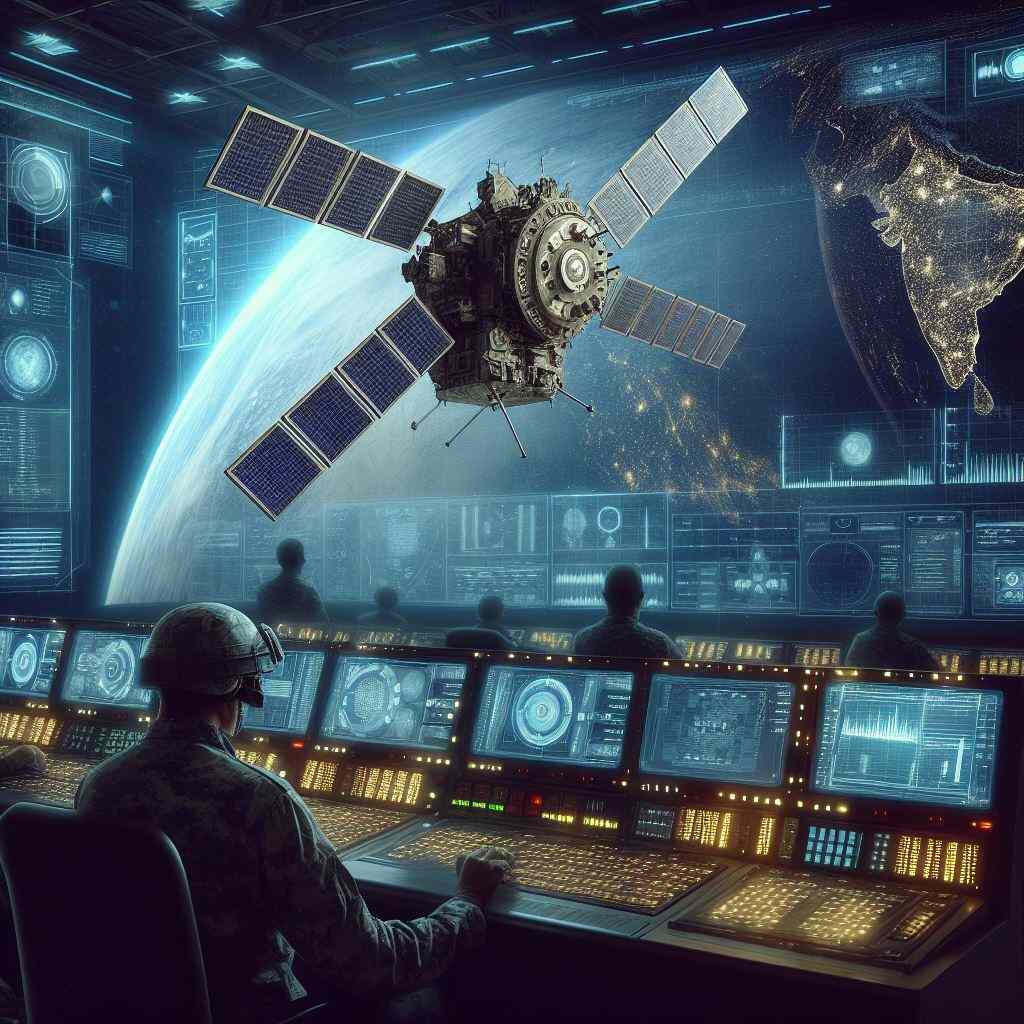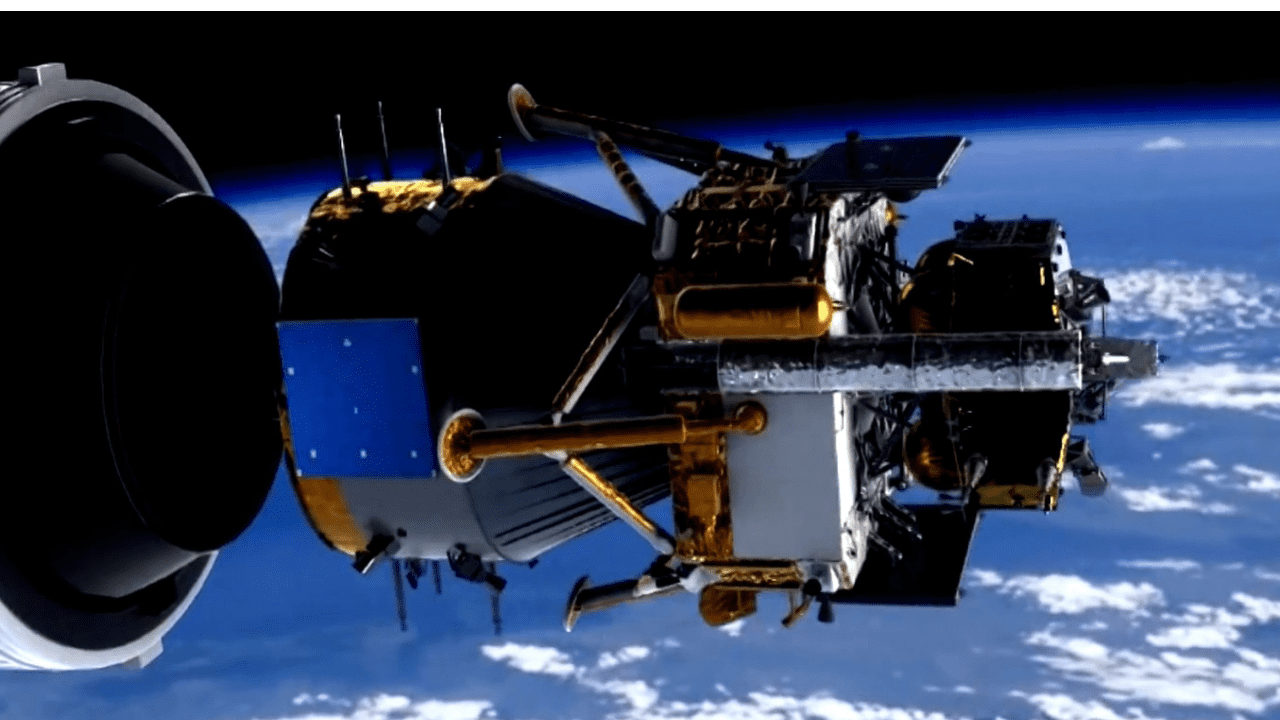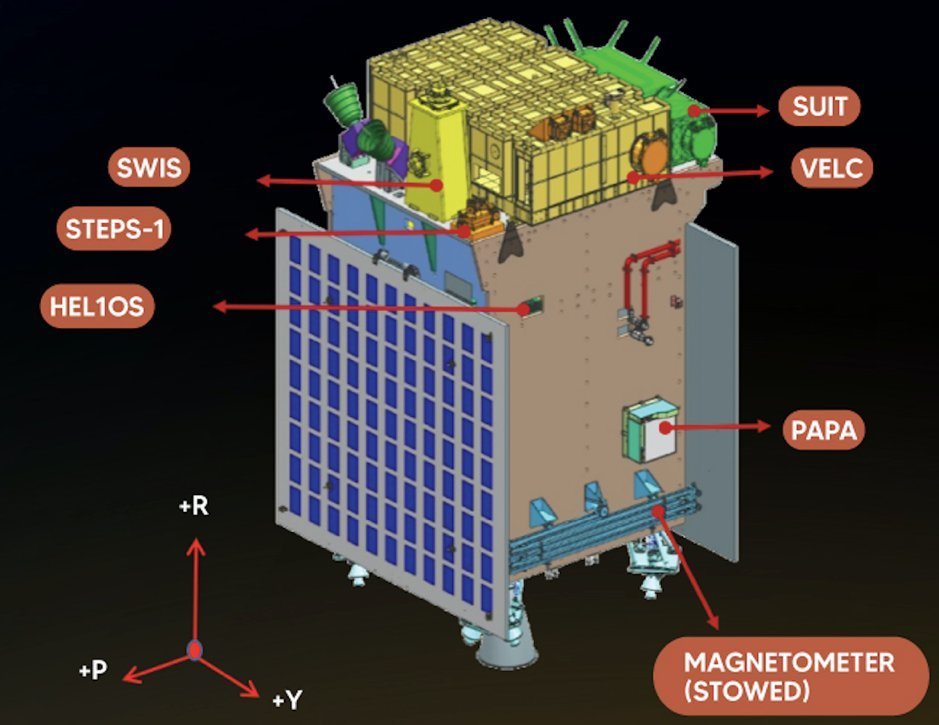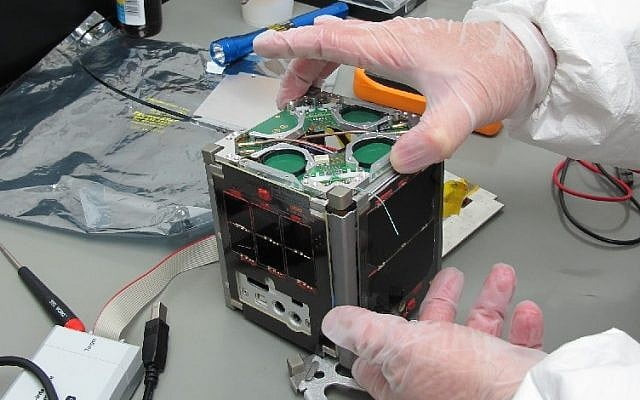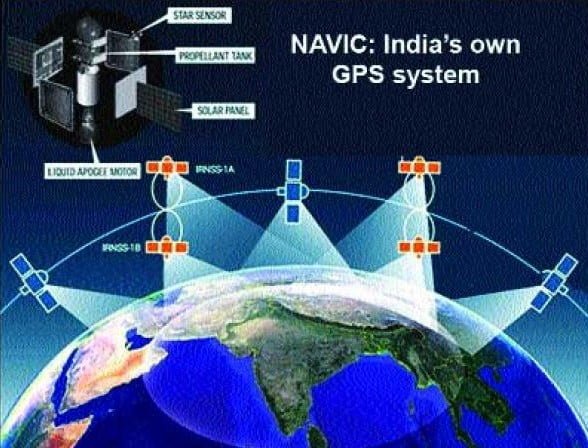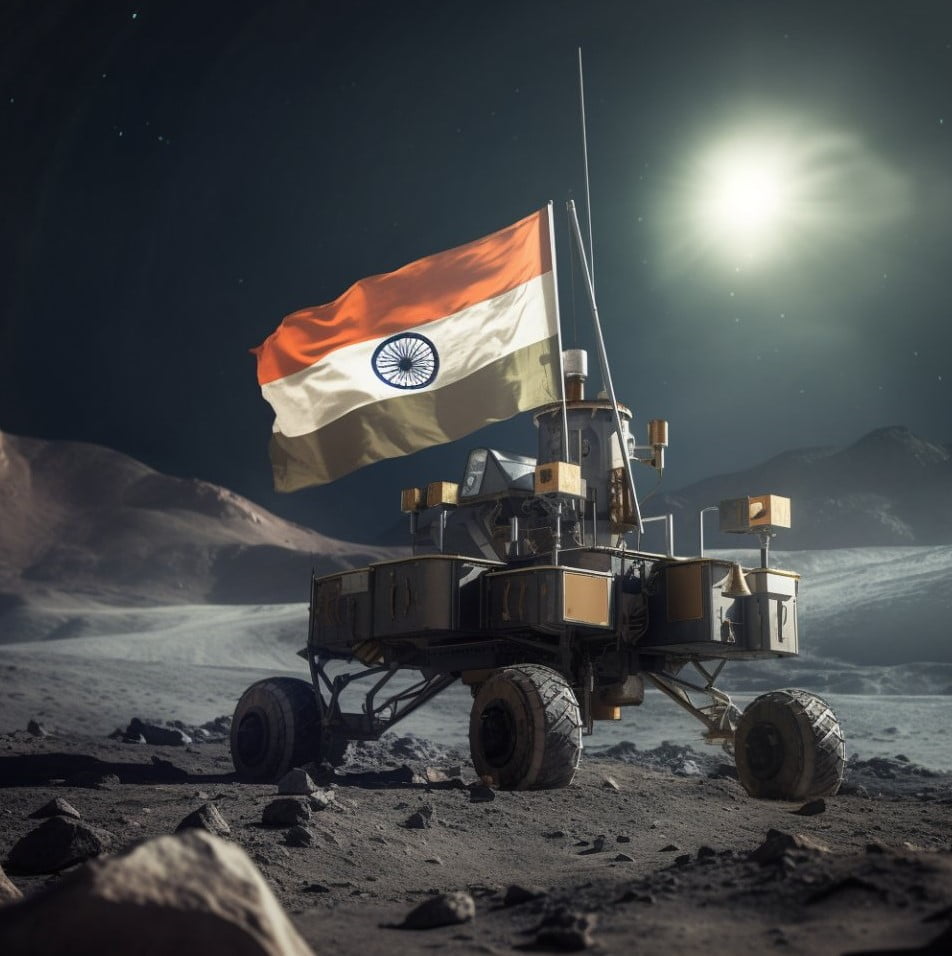Iran Simultaneous Launch of 3 Satellites into Lower Earth Orbit Sets New Milestone Amid tension with west
Iran Simultaneous Launch of 3 Satellites into Lower Earth Orbit by Simorgh rocket, amid Western concerns over ballistic missile developments. … Read More


